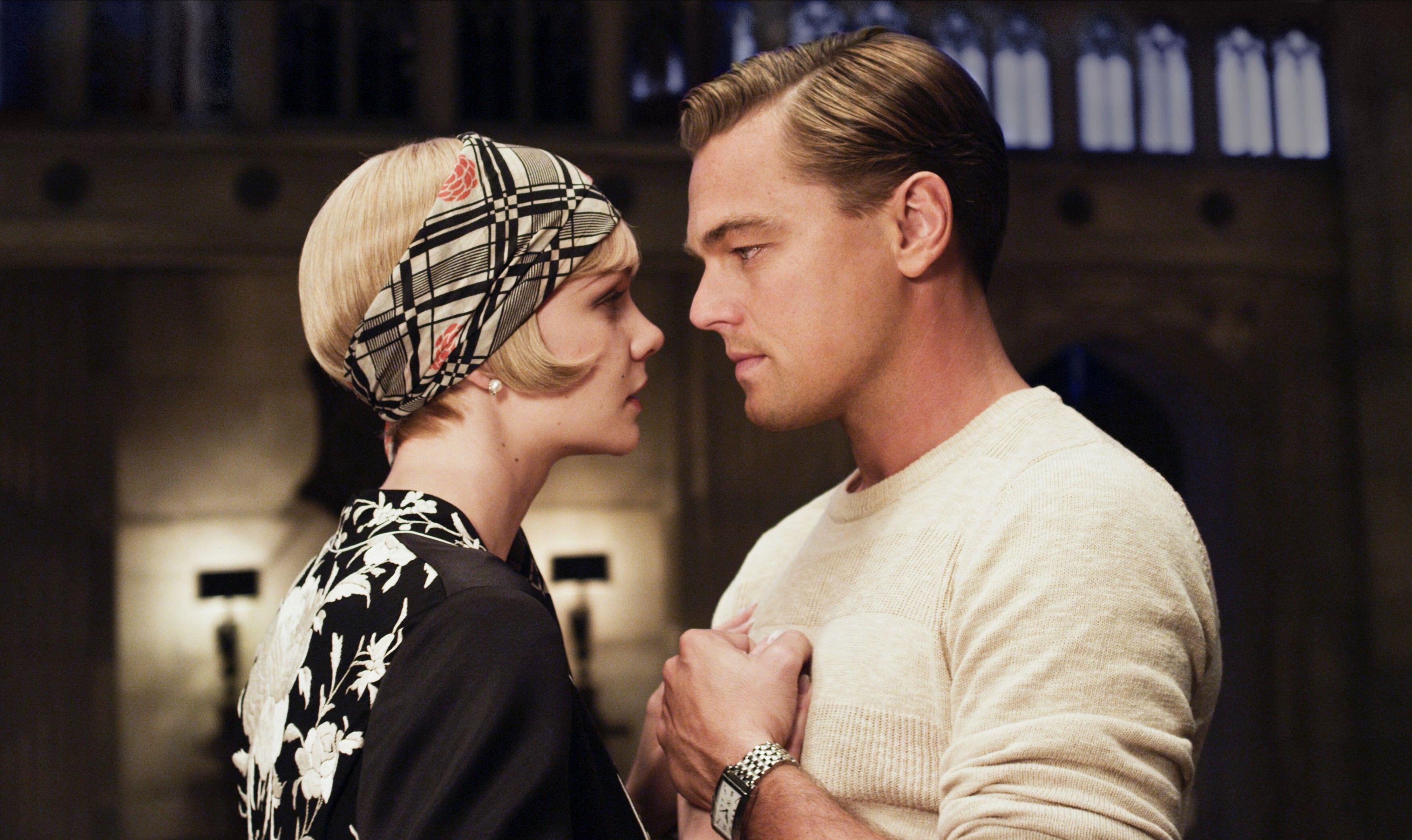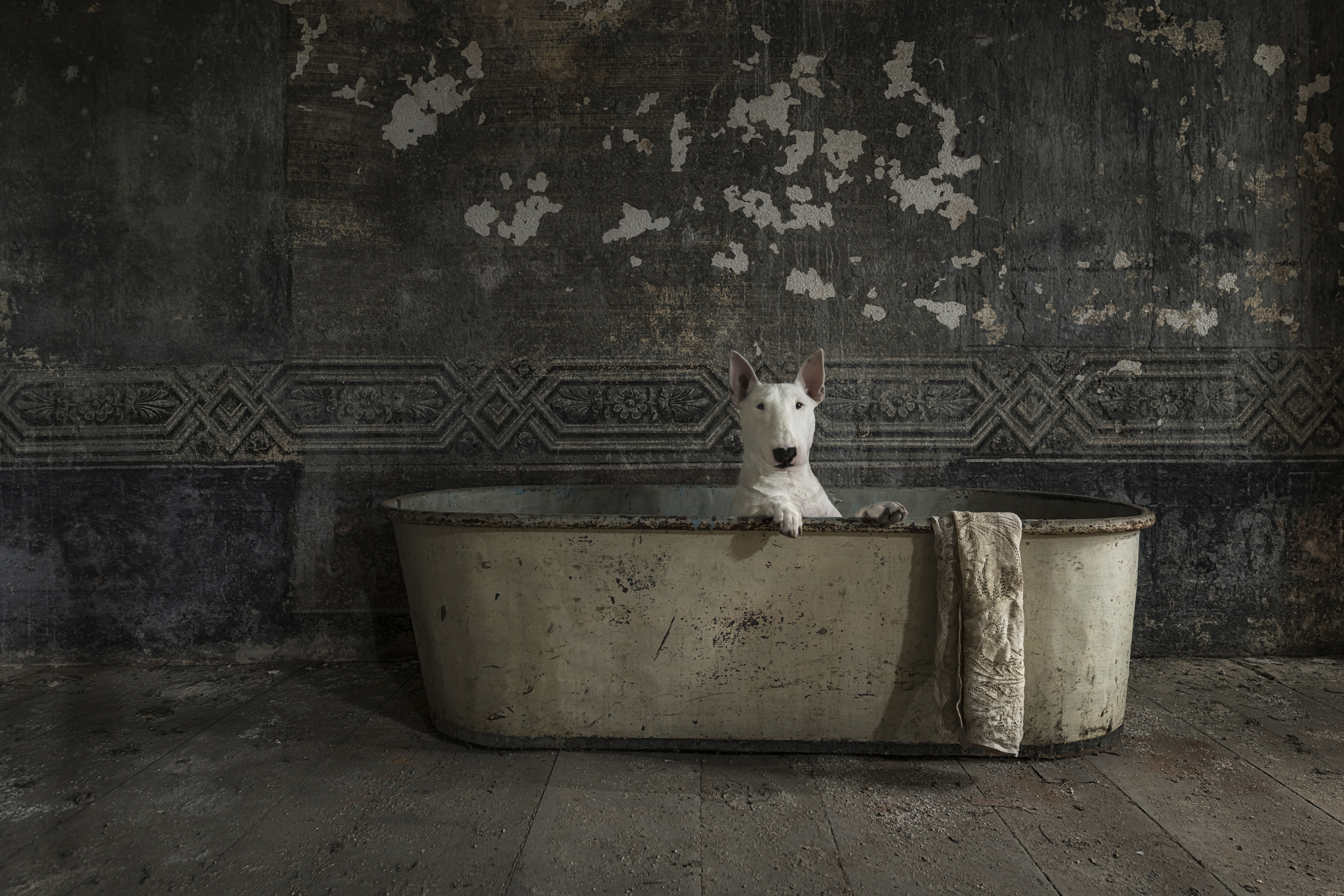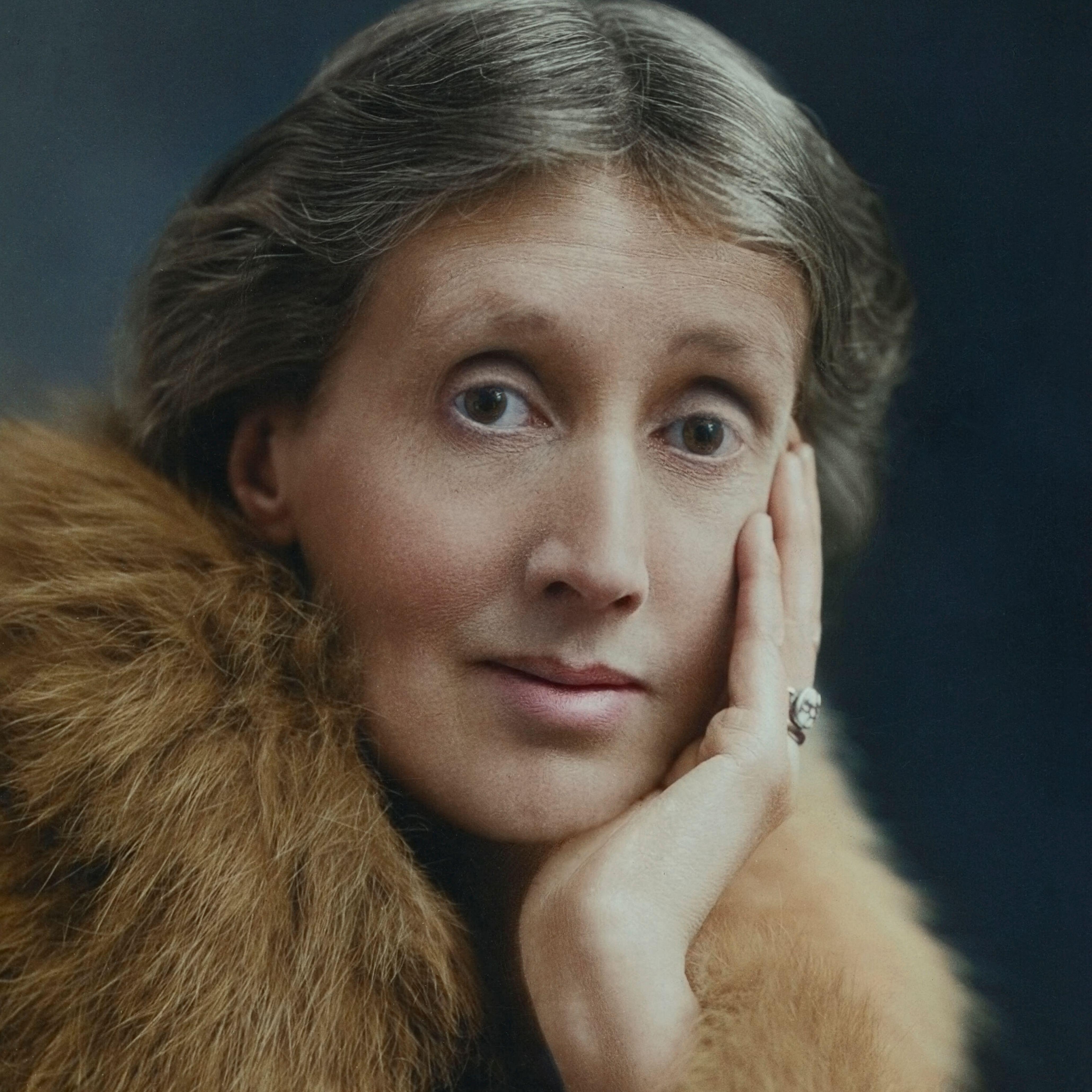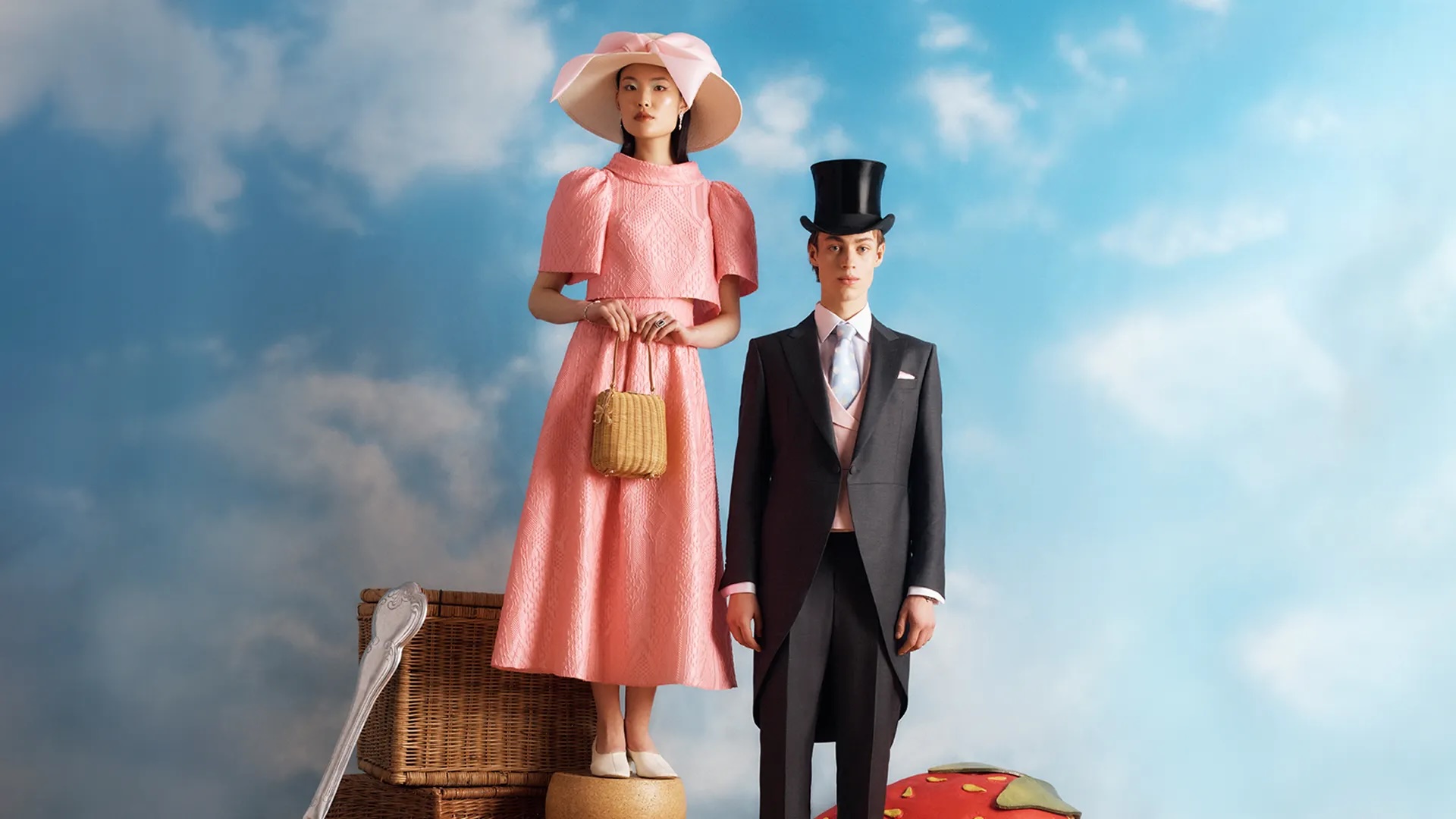The five minute guide to 'The Great Gatsby', a century on from its publication
'The Great Gatsby' sold poorly the year it was published, but, in the following century, it went on to become a cornerstone of world literature.


On April 10, 1925, Charles Scribner’s Sons published the latest novel by Francis Scott Fitzgerald. It sold poorly that year, but, in the following century, it went on to become a cornerstone of world literature: The Great Gatsby. Almost on its centenary to a day, on April 11, the musical version has its West End premiere, about a year after its Broadway debut. Despite mixed reviews across the Atlantic, this — together with the book’s anniversary — has renewed attention on the Jazz Age Scott Fitzgerald so vividly portrayed.

- The end of the First World War and the return to prosperity and international travel fuelled a boom in fashion, design, jewellery, the decorative arts and architecture in early-1920s America. Floral motifs abounded in the first half of the decade, later replaced by geometric ones and a fascination with speed, but other notable influences included (despite persistent racism) African art, which went hand in hand with the rise of jazz, and ancient Egyptian culture.
- Glamour, innovation, exquisite craftsmanship and opulent materials became the byword for the age. A notable example was Cartier’s series of mystery clocks. Although invented in 1912 (a 1914 version of the original Model A can be viewed at the V&A exhibition devoted to the French maison; ‘Sparkling society’, March 26), they became particularly ornate in the 1920s, with gemstone or gold hands that seemed to float against a glass or crystal disc and elaborate bases, such as a carvedjade elephant or a Shinto temple.
- Although ‘Avantgarde shapes, radical theory, and brazen combinations of colour and decoration… beckoned those who wanted to experiment with a new way of life,’ as Sarah Coffin writes in The Jazz Age: American style in the 1920s, an interest in antiques rivalled the Modernist wave. Gatsby’s own house was stuffed with antiques: Marie Antoinette music rooms and Restoration salons, the ‘Merton College Library’ and Gatsby’s Adam study.
- Cars came of age in the 1920s and they feature prominently in Scott Fitzgerald’s book, with Jay Gatsby driving a ‘rich cream’ Rolls-Royce of ‘monstrous length’. In the 1974 film version, Robert Redford had a 1928 Phantom I Ascot Sport Phaeton (pictured), which was sold at auction in 2009 for $238,000 and again in 2022, when it fetched $967,500.
- Changes in women’s lifestyle sparked demand for unstructured clothes with shorter hemlines, French-inspired accessories, from cigarette holders to perfume bottles, and jewellery — not least head-pieces that showed off newly cropped hair. When Nick Carraway first arrived at Tom Buchanan’s house and met his cousin Daisy and her friend Jordan Baker: ‘They were both in white, and their dresses were rippling and fluttering as if they had just been blown back in after a short flight around the house.’ Gatsby’s death would quell that floaty illusion, just as the Great Depression would put an end to the spirit of the Jazz Age.
Exquisite houses, the beauty of Nature, and how to get the most from your life, straight to your inbox.
Carla must be the only Italian that finds the English weather more congenial than her native country’s sunshine. An antique herself, she became Country Life’s Arts & Antiques editor in 2023 having previously covered, as a freelance journalist, heritage, conservation, history and property stories, for which she won a couple of awards. Her musical taste has never evolved past Puccini and she spends most of her time immersed in any century before the 20th.
-
 The golden eagle: One of the Great British public's favourite birds of prey — but devilishly tricky to identify
The golden eagle: One of the Great British public's favourite birds of prey — but devilishly tricky to identifyWe are often so keen to encounter this animal that ambition overrides the accuracy of our observations, writes Mark Cocker.
-
 When was the first ever Glastonbury festival? Country Life Quiz of the Day, June 26, 2025
When was the first ever Glastonbury festival? Country Life Quiz of the Day, June 26, 2025Thursday's quiz looks at a landmark date at Worthy Farm.
-
 Canine muses: The English bull terrier who helped transform her owner from 'a photographer into an artist'
Canine muses: The English bull terrier who helped transform her owner from 'a photographer into an artist'In the first edition of our new, limited series, we meet the dogs who've inspired some of our greatest artists.
-
 The successor to the 'most beautiful car of the 20th century' is smooth, comfortable... and ends up highlighting everything that's wrong in car design today
The successor to the 'most beautiful car of the 20th century' is smooth, comfortable... and ends up highlighting everything that's wrong in car design todayThe DS No. 4 traces its lineage back to the Citroën DS, a car so extraordinary that people described it as looking 'as if it had dropped from the sky'. And while the modern version is more friendly to the earth, says Toby Keel, it's also worryingly earthbound.
-
 Richard Rogers: 'Talking Buildings' is a fitting testament to the elegance of utility
Richard Rogers: 'Talking Buildings' is a fitting testament to the elegance of utilityA new exhibition at Sir John Soane's museum dissects the seminal works of Richard Rogers, one of Britain's greatest architects.
-
 ‘The perfect hostess, he called her’: A five minute guide to Virgina Woolf’s ‘Mrs Dalloway’
‘The perfect hostess, he called her’: A five minute guide to Virgina Woolf’s ‘Mrs Dalloway’To mark its centenary, Lotte Brundle delves into the lauded writer’s strange and poignant classic, set across a single summer’s day in 1920’s London.
-
 300 laps, thousands of tires, 24 hours of non-stop racing: Up close and personal at Le Mans 2025
300 laps, thousands of tires, 24 hours of non-stop racing: Up close and personal at Le Mans 2025At this year's iconic 24 Hours of Le Mans, British car manufacturer Aston Martin returned to the race's top category — and they invited writer Charlie Thomas along for the ride.
-
 Richard Mille: The man who went from carving watches out of soap to making timepieces for Rafael Nadal and Lando Norris — and built a £1bn business in the process
Richard Mille: The man who went from carving watches out of soap to making timepieces for Rafael Nadal and Lando Norris — and built a £1bn business in the processA new coffee table book by Assouline celebrates one of today’s most daring and innovative watch brands.
-
 How to stand out from the crowd in the most British of outfits — morning dress
How to stand out from the crowd in the most British of outfits — morning dressMorning dress has remained largely unchanged since the 19th century, but breaking with convention can be chic.
-
 Homespun wisdom, incontrovertible truths or hackneyed, tired thoughts? A penny for your thoughts on proverbs
Homespun wisdom, incontrovertible truths or hackneyed, tired thoughts? A penny for your thoughts on proverbsWise, world-weary and occasionally cynical, proverbs mirror the human experience and remain remarkably insightful today, discovers Matthew Dennison.
